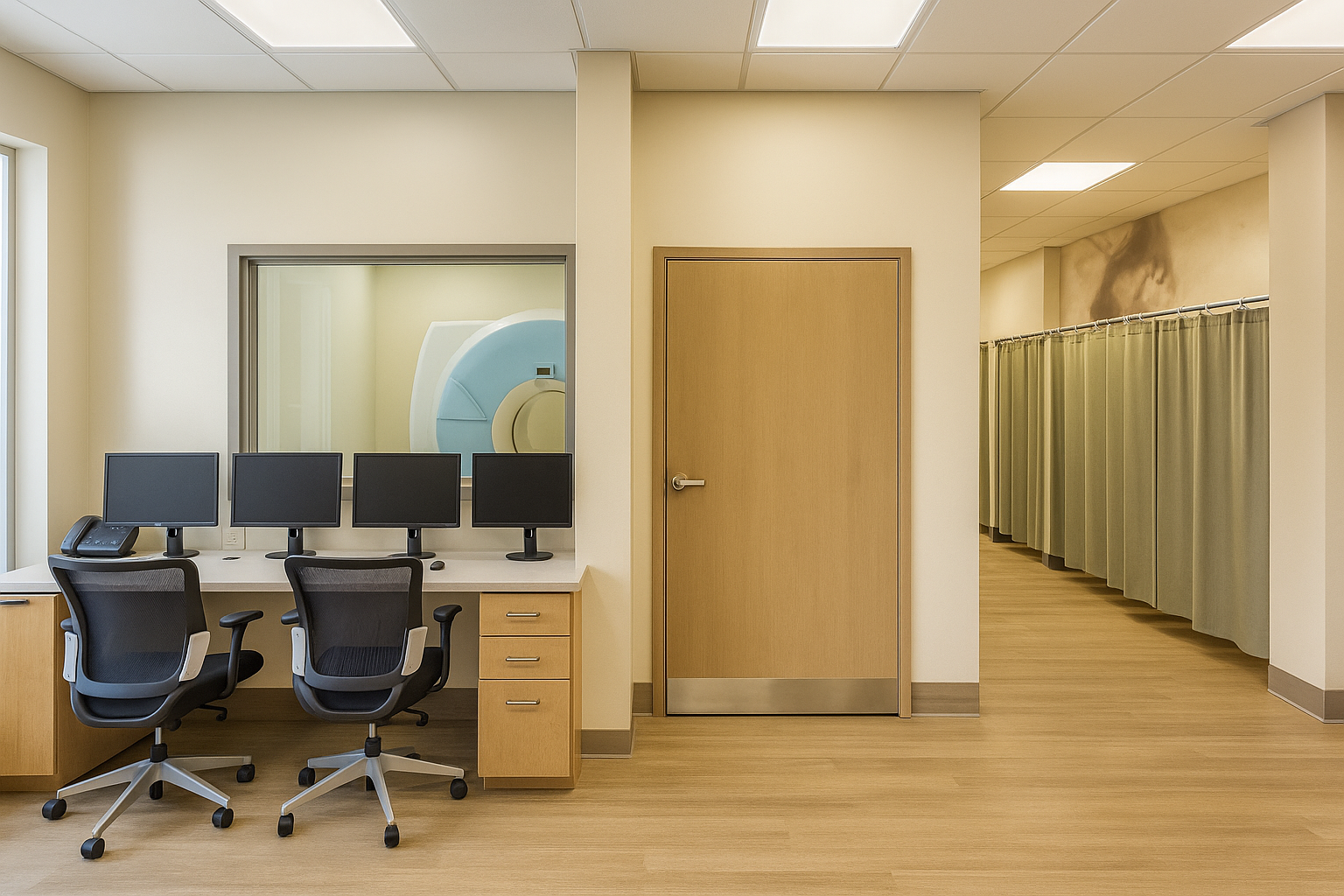Few patients realize that their sense of safety and quality of care is shaped long before seeing a doctor. Healthcare-acquired infections remain a persistent risk, with recent figures showing that about 1 in 9 Canadian hospital patients encounter some form of infection during their stay. Many of these incidents can be traced back to environmental factors. This puts healthcare interior design at the heart of infection control, a fact no modern clinic can afford to overlook.
The healthcare interior designer is a central figure in building truly safe clinics. Every decision about materials, space, surfaces, and even office furniture design carries infection control implications. Infection control starts on the architect’s desk, long before any patient walks through the door.
The Problem: Infection Risks in Clinical Spaces
Healthcare-acquired infections drive up patient suffering, staff workload, and operational costs. Outbreaks force ward closures and contribute to rising insurance premiums. Yet, many of the risks are preventable. Inadequate healthcare interior design creates opportunities for pathogens to travel and persist. Grouted tile in exam rooms, complicated millwork, and poorly ventilated lobbies all harbour germs and hinder cleaning.
Deeper problems emerge when clinics treat infection control as an afterthought or rely on outdated commercial interior design. When this happens, even the best cleaning teams and protocols struggle to suppress outbreaks. Modern clinics must move beyond superficial solutions, they need professional guidance from a healthcare interior designer.
Why Healthcare Interior Design Matters for Infection Control
Well-considered healthcare interior design integrates infection control into every decision. The healthcare interior designer selects products and plans layouts with infection risks in mind. Seamless floors, non-porous wall finishes, and simple, cleanable office furniture design dramatically reduce areas where germs can hide. More importantly, this discipline supports cleaning protocols and accelerates response times when outbreaks hit.
Current best practices in office interior design now require antimicrobial surfaces for high-touch areas such as doors, counters, and patient chairs. Study after study shows that material choices alone can reduce infection transmission rates by as much as 30%. Healthcare interior designers lead the way in adopting these advances, ensuring compliance with rigorous health codes.
A skilled office interior designer also optimizes space planning for infection control. Larger pathways reduce crowding and enhance distancing measures during seasonal spikes in illness. Handwashing stations placed strategically and visible to both staff and patients have been shown to increase hand hygiene compliance by over 40%. Smart commercial interior design reduces risks by making cleanliness and safety effortless.
The Deep Work of a Healthcare Interior Designer
Hiring the right healthcare interior designer is about investing in patient safety at a structural level. These professionals meet the stringent codes necessary in healthcare, but they go further. They design to eliminate hidden corners, select upholstery that resists both stains and microbes, and prioritize touchless fixtures throughout all clinical and waiting spaces.
One critical function of good healthcare interior design is planning for easy and thorough cleaning. For instance, seamless vinyl flooring removes the risk of bacteria colonizing grouted seams. Coved wall bases make mopping and disinfecting faster and more effective. Open sightlines enable both patients and cleaners to spot contamination risks. Even the office furniture design is scrutinized, chairs, tables, and workstations are chosen for their ability to withstand cleaning chemicals and regular disinfection.
Healthcare interior designers today also collaborate during every stage of construction and operation. They educate facility managers about the features of each finish, guide commercial interior design teams to minimize infection risks, and integrate feedback from infection control experts and frontline staff.
Clinics that fail to prioritize healthcare interior design often struggle with recurring equipment contamination, persistent odours, and patient complaints about cleanliness. Meanwhile, those that hire dedicated healthcare interior designers report improved audit results, reduced sick days among staff, and higher ratings in patient satisfaction surveys.
Infection Control Strategies in Practice
Modern healthcare interior design relies on science, not trends. The strongest strategies used by healthcare interior designers include:
- Implementing negative-pressure isolation rooms and appropriate zoning to prevent airborne pathogens from spreading
- Using materials like copper or special coatings for high-touch surfaces to reduce microbe survival
- Ensuring seamless transitions between different commercial interior design environments to avoid dirt accumulation
- Selecting office furniture design elements with rounded edges, sealed seams, and no fabric or foam where moisture could collect
- Incorporating glass walls or partitions to control airflow and separation without sacrificing natural light
- Coordinating with ventilation specialists to optimize air exchanges, especially in treatment and triage areas
- Using clear, accessible signage and wayfinding to reduce wandering and minimize the crossing of clean and soiled paths
A truly dedicated healthcare interior designer works with clinical teams to adapt office interior design standards to every new challenge, including outbreaks of novel pathogens such as COVID-19. They help clinics develop spaces where traffic flows enhance rather than undermine infection control, and where each piece of office furniture design is vetted for real-world durability and safety.
The Advantages of Hiring a Healthcare Interior Designer
The benefits of enlisting a healthcare interior designer extend beyond improved infection control statistics. These professionals bring a deep understanding of regulatory requirements, human factors, and the cost implications of both initial fit-out and long-term operations. Clinics enjoy faster approvals, smoother inspections, and lower maintenance costs.
Effective healthcare interior designers coordinate with architects, engineers, and the broader commercial interior design team to produce documentation that supports clear construction and safe operation. By blending infection control with appealing office interior design, they ensure clinical spaces promote both healing and well-being.
Clinics that invest in specialist healthcare interior design see measurable reductions in healthcare-acquired infection rates, fewer staff illnesses, longer-lasting office furniture design, and better patient experiences. In a system where the average cost of each infection can exceed $15,000, these benefits are more than aesthetic, they drive the business case for quality clinical care.
Frequently Asked Questions (FAQ):
How does healthcare interior design help control infection in clinics?
Healthcare interior design focuses on every element affecting cleanliness and transmission. By choosing seamless, antimicrobial materials, planning efficient layouts, and working closely with staff, healthcare interior designers reduce areas where germs can survive and make cleaning protocols more effective.
Why is a healthcare interior designer better than a generic office interior designer for clinics?
A healthcare interior designer knows the unique challenges and codes in healthcare. They provide solutions that meet infection control standards and ensure all office furniture design and finishes are durable, cleanable, and suited to clinical use.
Can office interior design really impact clinic infection rates?
Yes, studies show that up to 30% of clinic-acquired infections are related to environmental factors that can be addressed by proper office interior design. Elements like air flow, material choice, and even wayfinding reduce pathogen transmission risks.
The Deep Value of Integrated Office Interior Design
The most effective healthcare facilities treat interior design as a blend of medicine and architecture. They understand that seamless office interior design is a long-term investment in infection prevention, safety, and operational efficiency. Clinics that engage professionals ensure that every surface, corridor, exam room, and office furniture design element advances the goal of zero preventable infections. The right team transforms commercial interior design from a decorative afterthought into a pillar of modern patient care.
Key Takeaways
- Healthcare interior design builds infection control into every room and surface, not just treatment spaces
- A healthcare interior designer chooses antimicrobial, seamless materials and simplifies cleaning for staff
- Office interior design determines crowding, patient movement, and hygiene compliance rates
- Commercial interior design executed with infection control in mind reduces healthcare-acquired infections and costs
- Office furniture design needs to be hygienic, easy to clean, and resist chemical damage from frequent disinfection
- Healthcare interior designers integrate feedback from care providers to address real infection risks
- Wayfinding, layout, and ventilation are as critical as materials in a strong infection control plan
- Early involvement of a healthcare interior designer reduces regulatory challenges and construction rework
- Clinics with professional commercial interior design see higher patient satisfaction and staff wellness
- Investing in proper office interior design and furniture design pays off in reduced illnesses and better outcomes
The fight against infection in clinical spaces is a matter of both science and design. Modern clinics must recognize the vital role of the healthcare interior designer in stopping outbreaks before they start. Every aspect of office interior design and furniture design is a frontline against microbial threats. With thoughtful, expert input, commercial interior design evolves from an expense into a measure that protects patients, staff, and community health.

